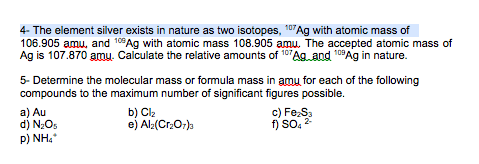milan
Milan singh Mali
2 Followers
0 Following
4 Helped
milanLv5
20 Jan 2024
Answer:"Centering Immigrant Youth Voices: Writing as Counterstorytelling" disc...
milanLv5
20 Jan 2024
Answer: To match the numbered items with the appropriate terms: All of the yea...
milanLv5
19 Jan 2024
Answer: It's completely normal to face challenges in calculus-based math, espe...
milanLv5
19 Jan 2024
Answer:
milanLv5
19 Jan 2024
Answer: Certainly! Physics and mathematics are closely related fields, with ma...
milanLv5
19 Jan 2024
Answer: Your overview of music appreciation is comprehensive and well-articula...
milanLv5
19 Jan 2024
Answer: A karyotype is a visual representation of the chromosomes in an indivi...
milanLv5
18 Jan 2024
Answer:
milanLv5
18 Jan 2024
Answer:
milanLv5
18 Jan 2024
Answer:
milanLv5
18 Jan 2024
Answer:
milanLv5
18 Jan 2024
Answer:
milanLv5
18 Jan 2024
Answer:
milanLv5
18 Jan 2024
Answer:
milanLv5
18 Jan 2024
Answer:
milanLv5
18 Jan 2024
Answer: The sun dipped below the horizon, casting an orange glow across the sk...
milanLv5
17 Jan 2024
Answer:
milanLv5
17 Jan 2024
Answer:
milanLv5
17 Jan 2024
Answer:
milanLv5
17 Jan 2024
Answer:
milanLv5
17 Jan 2024
Answer:
milanLv5
17 Jan 2024
Answer:
milanLv5
17 Jan 2024
Answer:
milanLv5
17 Jan 2024
Answer:
milanLv5
17 Jan 2024
Answer: In the context of mathematics or calculus, the term "cell" is not a st...
milanLv5
17 Jan 2024
Answer: Please select any company and begin research on the Internet to find c...
milanLv5
17 Jan 2024
Answer: Great summary! Let's expand a bit on some of the points you've mention...
milanLv5
17 Jan 2024
Answer: The three pillars of sustainability, also known as the three dimension...
milanLv5
17 Jan 2024
Answer:
milanLv5
17 Jan 2024
Answer: Importance of Price Flexibility: Resource Allocation: Flexible prices ...
milanLv5
16 Jan 2024
Answer: Flexible pricing is important in business because it allows companies ...
milanLv5
16 Jan 2024
Answer: To prepare interim financial statements for the first quarter without ...
milanLv5
16 Jan 2024
Answer: The gross profit method is a way to estimate the ending inventory with...
milanLv5
16 Jan 2024
Answer: To calculate the dollar value of ending inventory and cost of goods so...
milanLv5
16 Jan 2024
Answer: Step-by-step explanation: To calculate the dollar value of ending inve...
milanLv5
16 Jan 2024
Answer:
milanLv5
16 Jan 2024
Answer: To estimate the ending merchandise inventory using the retail method, ...
milanLv5
16 Jan 2024
Answer: Let's start by calculating the relative amounts of the two isotopes of...
milanLv5
16 Jan 2024
Answer: 4- To calculate the relative amounts of 107Ag and 109Ag in nature, we ...
milanLv5
16 Jan 2024
Answer: Hydrogen chloride gas and hydrochloric acid have the same chemical for...
